Preparations are under way for the start of GB Railfreight’s contract to move brand new Piccadilly Line trains from East Yorkshire to London.
Manufacturing of the £1.5 billion order by Siemens started in Austria in August 2021. The first train is now being tested at Siemens’ Wegberg-Wildenrath Test and Validation Centre in Germany.
Preparations are under way for the start of GB Railfreight’s contract to move brand new Piccadilly Line trains from East Yorkshire to London.
Manufacturing of the £1.5 billion order by Siemens started in Austria in August 2021. The first train is now being tested at Siemens’ Wegberg-Wildenrath Test and Validation Centre in Germany.
In January, Siemens announced that 80% of the 94 nine-car trains would be built at its new £200 million factory in Goole, rather than half as initially planned.
GBRf will move the new trains from the factory to London, ahead of their entry into service.
For this work, it is converting a pair of redundant ‘Polybulk’ hoppers to barrier vehicles at its new Peterborough wagon facility.
Already re-classified and renumbered as RBA-C No. 9382000/2049, the extensive work includes fitting Tube-train couplers compatible with the new Piccadilly stock at one end of each wagon.
The existing buffers are removed, and ‘high-level’ brake pipes installed. Once routine maintenance on the wagons is complete, they will be repainted.
The trains’ haulage has not been disclosed, but unlike for previous similar contracts it will not be Class 20s. With the requirements to use locomotives with cast-iron brake blocks (for better brake force), sources expect that GBRf will draw on its fleet of Class 57s.
Because of their being fitted with composite brake blocks, Class 66s do not have the required brake force, so will not be used.
During the movement, the Piccadilly stock will be non-braked, leading to the need for additional brake force. This will be supplied using wagons loaded with concrete blocks, currently being prepared at GBRf’s Tonbridge depot.
Officially called the London Underground 2024 Stock, also known as the New Tube for London (NTfL), the new trains are seven metres (23ft) longer than existing 1973 Stock. They comprise nine cars, instead of six, and are partly articulated. This provides space under the train for its air-conditioning.
Initially, deliveries were due from 2023, with entry into service this year. This programme has slipped to 2025, with improved service levels promised in 2027 (from 24 to 27 trains an hour), increasing passenger capacity by 23%.
An additional £1.4bn will go on new maintenance facilities at Cockfosters and Northfields, traction power upgrades, and platform modifications to reduce stepping heights and to enable wheelchair use, along with new platform-to-driver CCTV.
Funding for a signalling upgrade to increase the service to 36 trains per hour has not been approved, but remains an aspiration. This would increase capacity by 64% compared with current levels.
The Siemens contract has options for a total of 250 trains, which would replace all existing trains on the Bakerloo, Central and Waterloo & City lines.
Login to continue reading
Or register with RAIL to keep up-to-date with the latest news, insight and opinion.

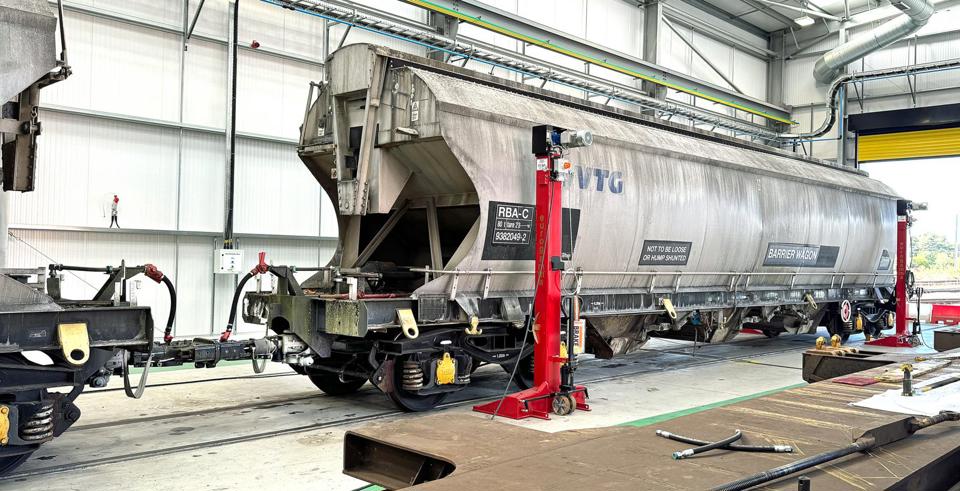
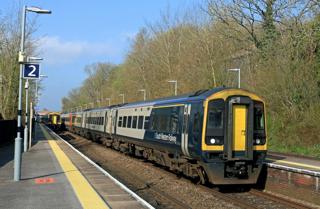
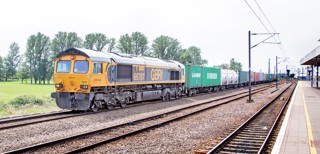
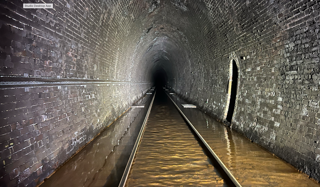
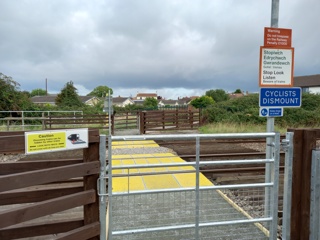












Login to comment
Comments
No comments have been made yet.